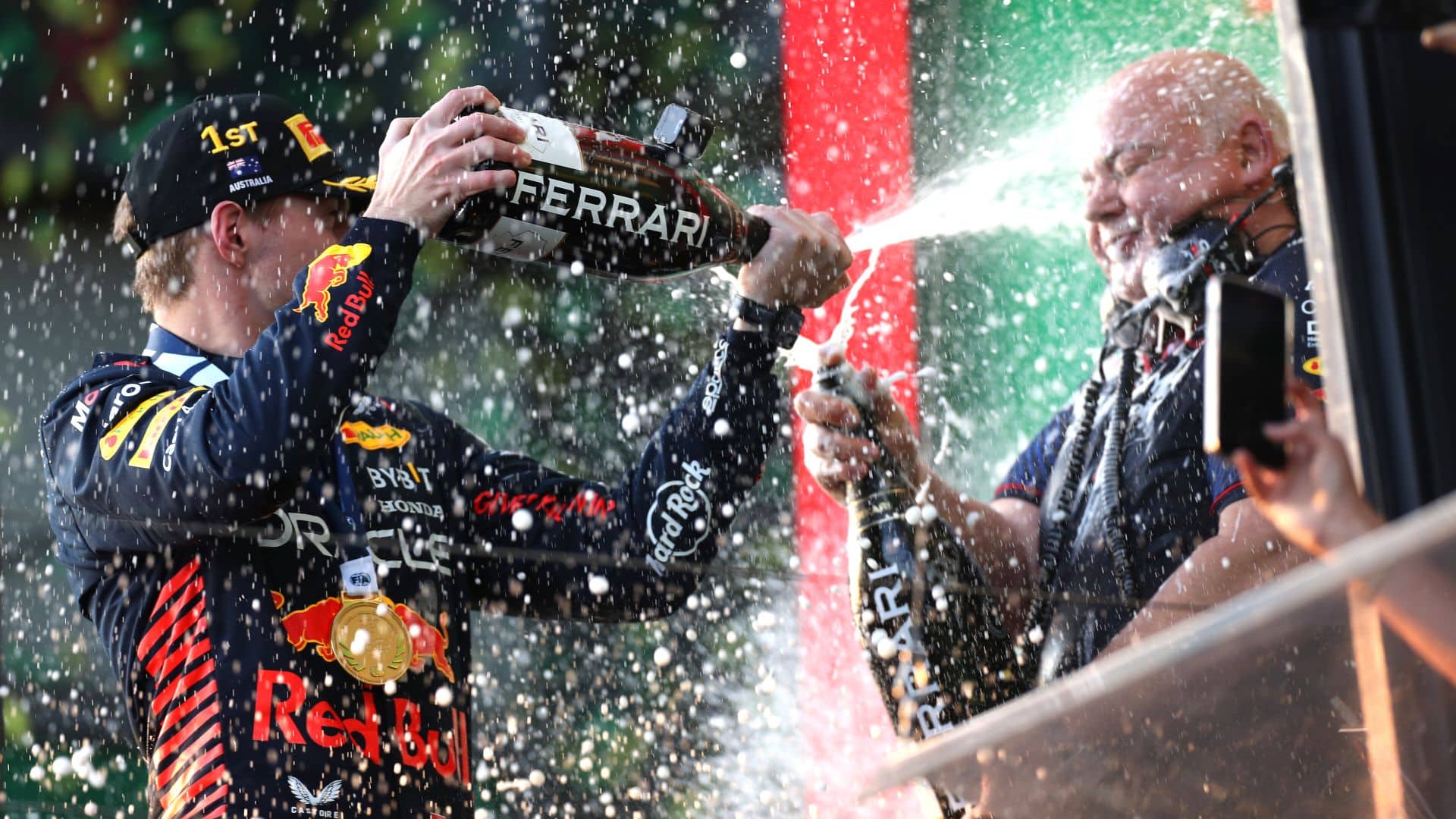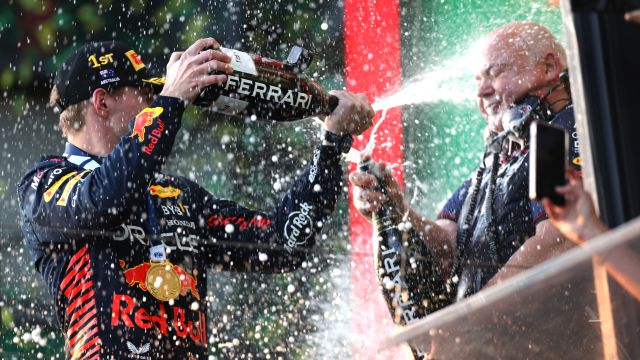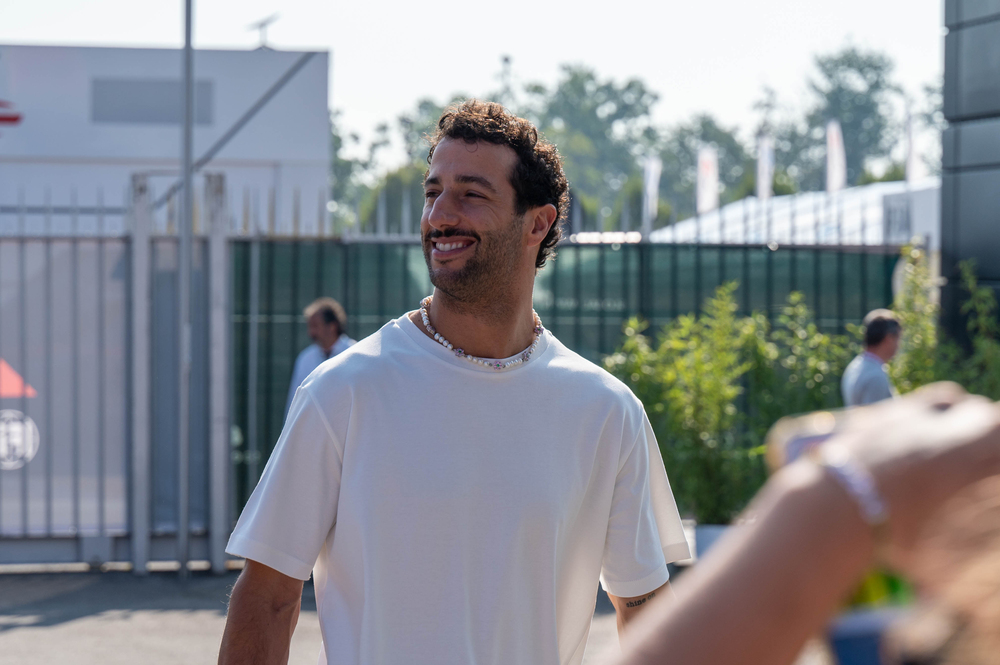Has Max Verstappen Ever Won The Australian Grand Prix?


Yes, Max Verstappen has won the Australian Grand Prix. His victory came in the 2023 season, marking a significant achievement in his Formula 1 career. This win at the Melbourne Grand Prix Circuit adds to Verstappen’s growing list of accomplishments in the sport, showcasing his skill and competitive edge on the global stage.
Key Takeaways
- Max Verstappen secured a win at the 2023 Australian Grand Prix.
- The race included multiple Safety Cars and red flag interruptions.
- Verstappen’s victory demonstrated adaptability and skill in a challenging race.
Max Verstappen’s Performance
Max Verstappen’s record in the Australian Grand Prix mirrors his overall success with Red Bull Racing, embodying a significant victory amidst his collection of Formula 1 achievements.
Historical Overview
Max Verstappen began his racing career with Red Bull Racing’s junior team, before moving to the main team. Throughout his time with Red Bull, he has demonstrated formidable skill on the race track, amassing a series of victories and podium finishes that reflect his standing as one of the sport’s prominent drivers.
Notable Achievements
- Australian Grand Prix Victory: Verstappen secured his first win in the Australian Grand Prix in 2023, battling through multiple challenges including three race stoppages due to red flags.
- Race Points: Consistent race finishes have allowed Verstappen to accrue a significant number of points, contributing to both his personal standing and Red Bull Racing’s status in the Constructors’ Championship. His performance in the 2023 Australian Grand Prix added a notable number of points to his tally.
- Overall Success: With Red Bull, Max Verstappen has achieved numerous successes, including three World Championships in a row, winning in 2021, 2022 and 2023.
Australian Grand Prix Overview
The Australian Grand Prix has become a significant event in the Formula 1 calendar, often full of strategic races and dominated by complex track characteristics in Melbourne’s Albert Park.
Race Dynamics
Albert Park Circuit is renowned for its high-speed straights and challenging turns that contribute to the dynamic nature of the race. The track usually rewards cars with a strong balance of aerodynamic efficiency and power. Overtaking opportunities are most prominent at Turn 1, where drivers brake heavily after the main straight, and at Turn 3, which follows another high-speed section and often sees ambitious moves. The race’s tempo can be disrupted by the deployment of the safety car, which has historically resulted in strategic pit stops and exciting restarts.
Track Analysis
Albert Park is a semi-street circuit that winds around a lake and features a mix of fast curves and slow corners. Turn 7, a sharp right-hander, tests a car’s traction and handling. Drivers find themselves contending with a delicate balance of preserving their tires while maintaining speed through this section of the track. Racing at Albert Park also means dealing with variable conditions, with potential changes in grip levels throughout the weekend.
The track layout encourages a setup that can cope with a variety of demands – from the heavy braking zones to the quick direction changes. This makes car setup and strategy choice crucial for a successful race outcome.
Competitors and Team Strategies
The Australian Grand Prix showcases strategic prowess where rival teams and drivers contend under unpredictable conditions, often leading to strategic overhauls due to race incidents.
Rival Teams and Drivers
Mercedes and Red Bull are often at the forefront of strategy battles, with drivers like Lewis Hamilton representing Mercedes’ sustained challenge against Red Bull’s top competitor, Max Verstappen. Ferrari, along with Fernando Alonso representing Aston Martin, contributes to the dynamic grid where power unit performance and aerodynamic efficiency are continuously analyzed during the race weekend.
- Red Bull: Utilized aggressive tire strategies and pit stop timing.
- Mercedes: Focused on optimal race pace and energy management.
- Ferrari: Excelled in qualifying but needed to translate that into race pace.
- Aston Martin: Fernando Alonso’s experience brought valuable input to strategy planning.
Impactful Incidents
Unforeseen incidents, such as the introduction of a Safety Car or the issuing of a Red Flag, can dramatically alter race strategies. Teams must adapt to these scenarios quickly to maintain their advantage or mitigate losses.
- Safety Car Deployment: Often leads to opportunistic pit stops and strategy revisions.
- Red Flag: Can result in a complete reset of strategies, as races may be suspended and restarted.
Teams like Alpine might find themselves adapting to penalties, which can disrupt a carefully planned race strategy and necessitate an alternative approach. These strategic decisions are taken in real-time and can significantly influence the race’s outcome.
Regulations and Safety Measures
In the realm of Formula 1 racing, stringent rules and advanced systems collaborate to maintain driver safety and fair competition during events such as the Australian Grand Prix.
Stewards’ Decisions
The FIA assigns a team of stewards for each Grand Prix to oversee race regulations. Their role includes evaluating incidents and determining penalties to ensure compliance with F1 rules. Stewards’ decisions are critical to the conduct of the race, especially in events filled with disruptions and safety car deployments.
- Incident Response: Stewards review race incidents to determine necessary actions, which can range from issuing warnings to imposing time penalties.
- Penalty Enforcement: Any breach of the rules may result in penalties such as grid position drops in future races or points deductions from the drivers’ or constructors’ championship.
Technological Aids
In Formula 1, technology plays a crucial role in both performance and safety. Two notable systems include the Drag Reduction System (DRS) and safety measures like the Safety Car and Virtual Safety Car.
- Drag Reduction System (DRS):
- Activation: DRS allows a trailing car to reduce aerodynamic drag for better speed on specific parts of the track.
- Usage: Used when a driver is within one second of the car ahead, primarily on designated straights.
- Safety Protocols:
- Safety Car: Deployed during major on-track incidents, it leads the pack to slow them down and prevent overtaking.
- Virtual Safety Car (VSC): Slows down drivers to a required minimum time without the physical presence of a safety car on the track.
Both of these tools are governed by the FIA and are activated according to the scenario and regulations to maintain fairness and driver safety.





